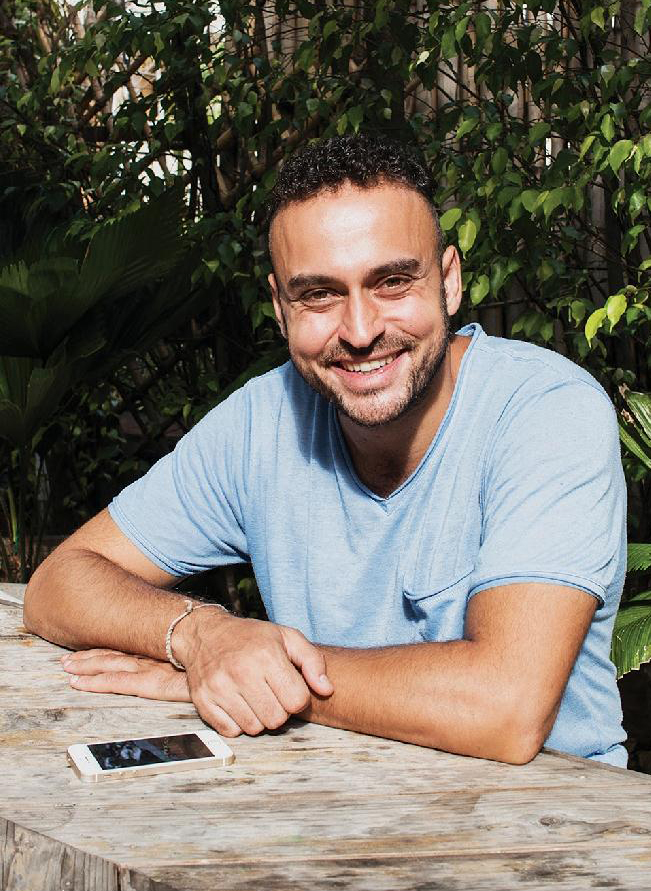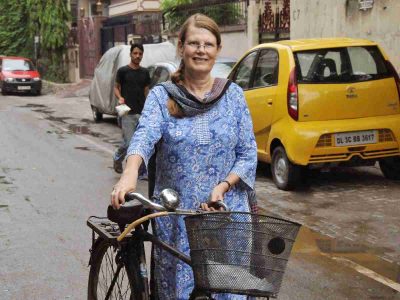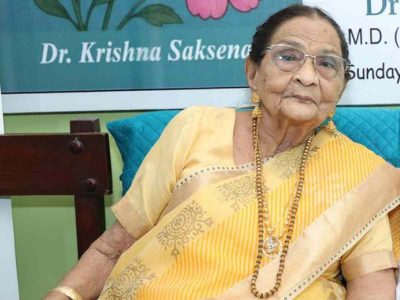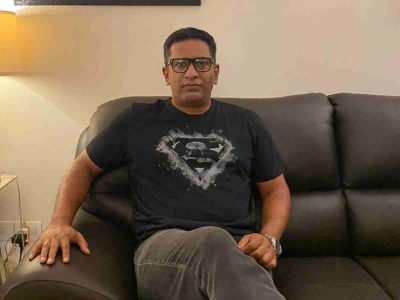Andreas Van De Laar, a Dutch filmmaker, talks about his five-part documentary series on India’s development and governance
BACK IN 2016, when Dutch filmmaker, Andreas van de Laar was on his first backpacking trip in India, he had no idea he would end up leaving Amsterdam and come back to shoot a documentary here. Armed with just an iPhone, he took off on the journey in 2017 to capture fast-growing Indian cities for his five-part documentary series – One Point Seven. Episode two of the series titled The Urban. Debate explores topics like the elected mayor, governance, the new app i-Nagrik with which citizens can highlight where improvements can be made in the city and the success of policy-based journalism. The documentary features eminent faces from different fields – Shashi Tharoor, Milind Deora, Narayana Murthy, Sunita Narain, to name a few. All set to be screened in the Capital. Patriot catches up with Andreas as he shares. What prompted him to create the series and the challenges he faced.
Can you please share what made you give up your life in Amsterdam and propelled you to create a series of documentary on India’s development and governance?
I wanted to make something that wasn’t made before and show India in a different light – a more realistic and authentic light than the stereotypes we usually get to see. As a filmmaker, you are on the lookout to document change and I can’t imagine any other country than India that is undergoing more change right now.
Howwas the journey, right from researching to finally creating The Urban Debate and how long did it take?
It was a tedious process and required a lot of persistence. I had to motivate myself and received a lot of backing from my Indian support network while making it. Without them I would have maybe given up. It was a lot of travel, several carefully crafted e-mails and showing up with questions that the interviewees wouldn’t expect. I really wanted them to know that I took their causes and messages seriously. I have stayed with Indian families to save costs, did couch surfing and took many favours before I received funding from the Dutch Embassy in India. In the end I finished the whole project myself and I am very happy that I am screening it for the people in Delhi at a beautiful and prestigious venue like the India Habitat Centre.
Could you elaborate as to why did you keep the title of the second episode The Urban Debate?
Because there are questions surrounding India’s growing cities and whether state governments are capable of monitoring and guiding this growth in proper way. I found the debate about urban governance very fascinating since most Indian cities have larger populations than my own country, The Netherlands and we even struggle with our democracy there.
You have featured and interviewed quite a few influential people and innovators here. How did you decide to go ahead and feature them? What was the selection process like?
It had to be English, because I didn’t have a translator at my disposal, but also because I wanted to bridge the gap between India, Europe and the US, by making something that showed India in a way that not many people has seen before — an aspiring and progressive India. I selected the innovators based on contemporary relevance, urgency of their invention and their reasonable potential for the future in a way that made sense to the viewer. The inventions carry in them the complexity of the Indian condition and the innovators explain how their solutions are authentic to the Indian condition.
You have been in India for quite some time now. What picture did you have before coming to the country? Did it match or has it slowly changed over time?
I had no picture. All I knew is that I never believed what the media or other people told me. I knew I wouldn’t get sick, I knew I would be safer. Unlike what people told me. I think that is why I got to enjoy India so much, because I worked my way through it. I accepted the way things work here, how they are different from the way things work in Amsterdam and I learned to thrive in it and enjoy it to the fullest.
What would you say has been your biggest takeaway from this project?
India has a long way to go, that it will take time, but that all the potential and requirements for becoming a thriving nation are in the hands of the young population.
While you were travellingand shooting across the country, what were the challenges you had to face?
I did not have a credit card. That meant I had to make friends and ask them to make flight bookings, train tickets and bus tickets for me most of the time. When I ran out of savings, I had to save on nights so I would ask people if I could stay with them for free and I got the best hospitality that I have ever experienced before. But accepting that lifestyle was tough sometimes since I don’t like taking favors. But I learned to accept the help and the fact that even though it was my project, it is a project for the people, by the people and I could not have done it without them.
Also, deciding to shoot the film on phone was a risk because the sound had to be good, like for instance an air-conditioning sound could ruin the whole interview. Yet, by properly looking at the material, I managed to get the best out of it during editing.
What kind of feedback have you received for this series from both India and abroad?
From India the feedback has been generally positive, but from abroad I am still waiting for the response. I would like to have it play at a few film festivals and submit it to Netflix, so then we can see how it resonates across the world.
The documentary will be screened at India Habitat Centre on September 29.





